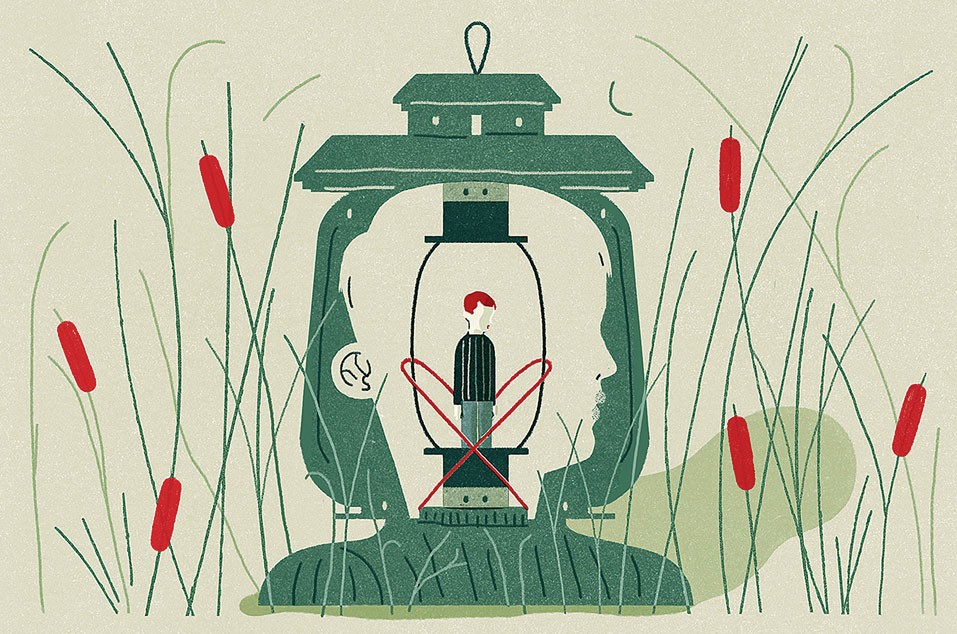There are some crimes that are almost impossible to forget. For me, they include the death in 1999 of Kendra Webdale, an aspiring young journalist who was pushed in front of a New York subway train by a 29-year-old man with schizophrenia who had stopped taking his medication. That same year, two mentally ill teenage boys massacred 12 students and one teacher at Columbine High School in Colorado, US. Thirteen years later, a seriously disturbed 20-year-old man murdered 20 children and six adults at Sandy Hook Elementary School in Connecticut, US.
New York still harbours untold numbers of men and women with known or undiagnosed severe mental illness that can and should be treated before yet another tragedy occurs. What, I wondered, is or can be done to help them and avert further disasters?
Contrary to politically motivated claims, I learned that people with serious mental illness are not necessarily prone to commit violent acts — they are far more likely to become victims of crime. Rather, the issue is that treatments known to be effective are underfunded or wrongly dismissed as ineffective or too dangerous; basic research in university and government laboratories into new and better drugs is limited and also underfunded; and pharmaceutical companies have shown little interest in developing and testing treatments for severe mental illness. The other issue is that acknowledgment of mental illness carries a stigma that impedes its early recognition, when it can be most effectively treated.
Early intervention is critical, but even when mental illness is recognised in a family member, the person may resist treatment, often claiming that he or she is not the one who is sick. As Dr Kenneth P. Rosenberg recounts in his new book, Bedlam: An Intimate Journey into America’s Mental Health Crisis, when the huge, disgraceful psychiatric asylums were shuttered in the late 1900s, the assumption was that community mental health centres would take over, allowing those with serious mental illness to be treated as outpatients. But neither the centres nor the communities that housed them were prepared to deal with the influx of extremely needy patients.
“Mental illness crises are the only health emergency in which law enforcement are the first responders,” Rosenberg, a New York psychiatrist specialising in addiction treatment, writes. “At least 21 per cent the 992 people shot and killed by police in 2018 had a mental illness.” In New York, about 500 of the daily calls to 911 involve the mentally ill. New York Mayor Bill de Blasio announced a $37 million commitment to address this, an amount criticised as highly inadequate.
There is an expanding number of cost and lifesaving outpatient options available to people with schizophrenia, bipolar disorder and major depression. But people have to know about them and be able to take advantage. One option in New York City called OnTrackNY helps to stabilise young people with early signs of mental illness, when the disease is easiest to derail. Another programme, called Navigate, provides comprehensive treatment for people suffering a first psychotic episode to head off full-blown schizophrenia.
Nationally, a growing number of programmes called assertive community treatment provide the kinds of services offered in psychiatric hospitals but within a home setting. A major benefit, especially for those who live alone, is making sure patients take their medication as prescribed.
A major stumbling block is fear of two of the most effective treatments, especially for patients who have failed to respond to other remedies: the drug clozapine and electroconvulsive therapy (ECT). As currently administered, the serious side effects of decades past are avoidable.
Meanwhile, there are resources that can guide troubled families to needed services, like the National Alliance on Mental Illness. Rosenberg’s book also provides lots of practical advice both in accessing effective medical care and using the law. One suggestion I found intriguing is the creation of a psychiatric advance directive, a form for which is available at nrc-pad.org, to help guide families and therapists when a patient is in the throes of a psychotic episode.










